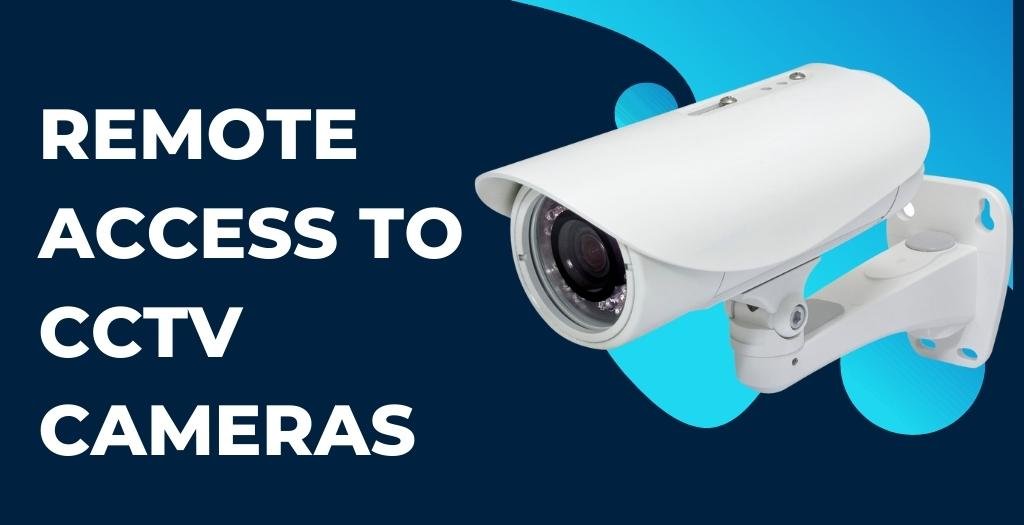Remote access to CCTV cameras goes hand in hand. Nowadays, the vast majority of organizations demand the capacity to access video security footage. Even if they are not in the office. This is no longer as difficult to accomplish as it previously was, and most dealers now include it as part of their standard installation package.
Before setting up remote access to CCTV Cameras, there are a few things to keep in mind:
A fixed IP address With Dynamic IP
IP cameras and DVRs with fixed IP addresses are more reliable than IP cameras and DVRs with dynamic IP addresses. Homeowners may be unable to afford the higher cost of a static IP address. Check with your internet service provider for choices.
Use DNS forwarding
It is possible to set up a DNS forwarding software. Even if one has no other alternative than to use a dynamic IP address. Every time an IP address change occurs. DNS forwarding notifies a remote DNS forwarding provider of the new IP address by sending a short message. Because of this, the DNS forwarding service delivers a request to the right IP address when a user attempts to log in remotely to his security camera system. It’s not perfect, but it’s good enough for most people who don’t have a lot of experience with CCTV.
3rd Party Apps for Smart Phones For Remote Access To CCTV Cameras
It’s best to look for third-party software. And it allows you to see your video surveillance system on a smartphone or tablet. Many smartphone platforms have this functionality but bandwidth can become a concern with slow-moving videos.
There is a lot of excitement around IP cameras, but it’s not required to spend the money on IP cameras to see the footage remotely. Analog camera systems may be seen remotely just as readily as IP cameras, despite IP cameras’ greater adaptability and certain additional video analytics features. Logging into the DVR or NVR from any browser and watching the camera footage is all that is required to perform this task. For the average user, there isn’t much of a difference. Analog is simpler to chew in terms of expense and software configuration than digital.


